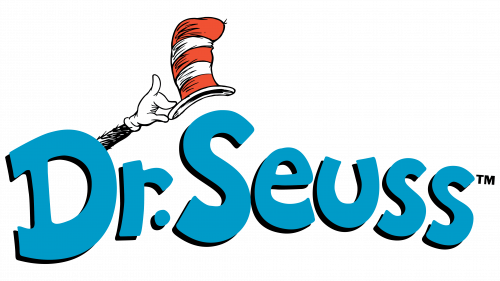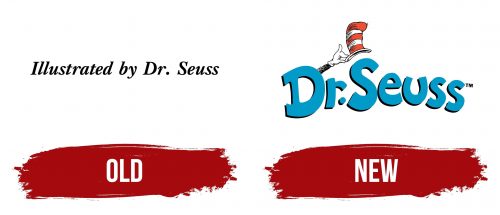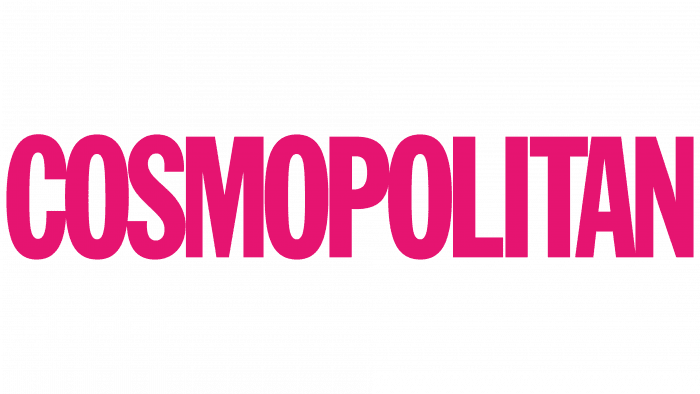The Dr. Seuss logo perfectly reflects the image of the author, who dedicated his life to creating amazing and magical stories for children. This emblem successfully conveys the respectability of his work while maintaining the friendliness and lightness that are so characteristic of his creations. The logo radiates warmth and humor and brings to life the most famous and beloved characters born from the author’s imagination.
Dr Seuss: Brand overview
The story of Dr. Seuss begins on March 2, 1904, when Theodor Seuss Geisel was born in Springfield, Massachusetts. From an early age, Geisel showed an interest in writing and drawing. While attending Dartmouth College, where he worked as an editor for Jack-O-Lantern humor magazine, he adopted the pen name “Seuss.”
After graduating in 1925, Geisel enrolled at Oxford University with plans to become an English literature professor. However, his path changed when he met Helen Palmer, who encouraged him to pursue a career in writing and illustration.
Upon returning to the U.S. in 1927, Geisel started working in advertising. His work for the Flit pesticide campaign, with the slogan “Quick, Henry, the Flit!” gained popularity and made him well-known. This success allowed him to focus more on writing children’s books.
After facing several rejections from publishers, he published his first book, And to Think That I Saw It, on Mulberry Street in 1937. While not a huge success initially, the book showcased his unique style of combining playful illustrations with rhythmic, catchy text.
During World War II, Geisel created animated instructional films for the U.S. Army, an experience that shaped his ability to convey messages through simple yet impactful visual storytelling.
After the war, Geisel returned to writing children’s books. His 1950 release, Horton Hears a Who!, became one of his most beloved works, followed by other classics like How the Grinch Stole Christmas! and The Cat in the Hat in 1957.
The Cat in the Hat was groundbreaking for early readers. Using only 236 different words, the author crafted a fun, engaging story that captivated young audiences. The book’s success led to the Beginner Books series, revolutionizing early childhood reading.
In 1960, he wrote Green Eggs and Ham using just 50 unique words as part of a challenge. It became one of the best-selling children’s books of all time.
Throughout the 1960s and 1970s, he continued to write beloved books, including One Fish, Two Fish, Red Fish, Blue Fish (1960), The Lorax (1971), and Oh, the Places You’ll Go! (1990).
In 1984, he received a special Pulitzer Prize for his contributions to children’s literature and education.
When Theodor Geisel passed away on September 24, 1991, his work left an enduring legacy. Dr. Seuss Enterprises, founded by his widow, Audrey Geisel, was created to manage his works and intellectual property after his death.
The 2000s brought a new wave of interest in his work, as many of his books were adapted into films and TV shows. Notably, How the Grinch Stole Christmas! starring Jim Carrey was released in 2000, followed by The Cat in the Hat with Mike Myers in 2003.
In the 2010s, his popularity grew with new animated films, including The Lorax (2012) and The Grinch (2018), introducing his stories to a new generation of children.
In 2015, an unpublished manuscript titled What Pet Should I Get? was discovered among Geisel’s papers and released, generating excitement among fans and critics alike.
In 2021, the company managing his works announced that six books would no longer be published due to inappropriate illustrations. This decision sparked broader conversations about cultural sensitivity and historical context in children’s literature.
As of 2023, Geisel’s influence on children’s literature remains strong. His books continue to delight children and adults, and his creative style inspires new generations of writers and illustrators.
More than 80 years after his first book was published, Geisel remains one of history’s most important children’s book authors. His works, translated into many languages, continue to teach young readers about the power of imagination and creativity.
Meaning and History
What is Dr Seuss?
This is a well-known figure in children’s literature, associated with vibrant creativity and a humorous storytelling style. The brand built around these works has captivated generations with its unique blend of rhyme, fantastical characters, and important life lessons. The books are recognizable for their distinctive graphic style, featuring absurd landscapes and whimsical heroes. While written for children, these stories often address complex themes in an accessible way, encouraging young readers to reflect on issues such as equality, environmental care, and personal responsibility. The universe of books has expanded beyond the pages, being adapted into films, television shows, and even merchandise, making it a significant part of popular culture.
Old
The first emblem of the famous genius stands out for its simplicity and conciseness—a small black signature neatly written in cursive letters. Theodor Seuss Geisel began his career as an illustrator, which explains the presence of the word “Illustrated” in the logo. This element highlights his early creative steps and connection to visual art.
The choice of the pseudonym “Doctor” is also interesting. After starting his graduate studies, Geisel soon decided to leave academia in favor of art. He invented his creative “doctorate” at this time, giving his name a certain scholarly respectability while contrasting with the playful, sometimes absurd characters he created. The logo reflects Geisel’s evolution—from his pursuit of science to his embrace of art and creativity, where every stroke becomes a part of his unique magical world.
New
The Dr. Seuss logo perfectly captures the spirit and character of the work of one of the most famous children’s authors. The bright blue letters of his name seem to float in the air, conveying a sense of lightness, playfulness, and imagination. These rounded, almost bouncing letters evoke the world of childhood, where everything is filled with fun, joy, and incredible adventures. The font expresses a magical atmosphere where anything is possible, and the world is full of amazing characters and stories.
A key logo detail is a white-gloved hand lifting Dr. Seuss’s signature hat. This headpiece hat symbolizes one of his most famous characters—The Cat in the Hat. It is decorated with bright red-and-white stripes, instantly bringing to mind this iconic figure. However, the hand holding the hat is covered in fur—a direct nod to the fantastical creatures Dr. Seuss created. This element adds a touch of humor to the visual mark and reminds of the author’s style, seamlessly blending the serious with the whimsical, crafting extraordinary stories with deep meanings in a playful form.
The hat seems to soar above the first letter of “Seuss,” inviting the viewer to dive into a world of fantasy and adventure. This symbol represents the essence of Dr. Seuss’s works—lightness, humor, and incredible creativity, all of which are easily recognizable in his stories.
The emblem’s bold letters and playful design make it especially welcoming and appealing to children. At the same time, familiar symbols like the hat and hand evoke memories of beloved characters and stories that have remained in the hearts of many generations.






